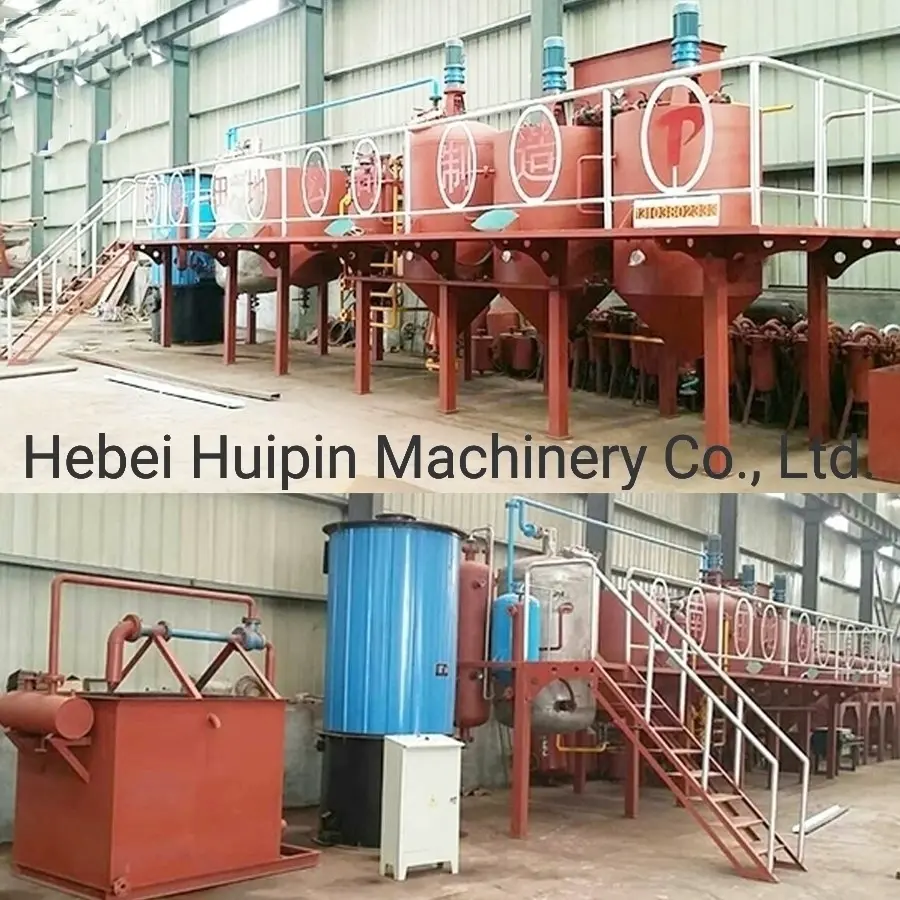ಡಿಸೆ . 11, 2024 06:30 Back to list
Service Options for Corn Germ Oil Refining Unit Operations and Management
The Importance of Corn Germ Oil Refining Units in the Food Industry
Corn germ oil, extracted from the germ of corn kernels, is a valuable byproduct of corn processing and has gained significant attention in recent years. With its high content of polyunsaturated fats and essential fatty acids, corn germ oil is not only a nutritious component of human diets but also an important raw material for various industrial applications. The refining process of corn germ oil is crucial for enhancing its quality and safety, making the establishment of specialized refining units imperative in the food industry.
Understanding the Corn Germ Oil Extraction Process
Before delving into the refining aspect, it's essential to understand how corn germ oil is extracted. The extraction typically involves mechanical pressing or solvent extraction methods. The germ, which comprises about 6-8% of the whole corn kernel, contains approximately 20% oil by weight. Once extracted, the crude corn germ oil may contain impurities, such as phospholipids, free fatty acids, and pigments, which can affect its taste, aroma, and shelf life. This is where the refining process becomes crucial.
The Refining Process Steps and Benefits
Corn germ oil refining involves several key steps degumming, neutralization, bleaching, and deodorization. Each step serves a specific purpose in improving the oil's quality.
1. Degumming This initial step removes phospholipids from crude oil, which can cause cloudiness in the final product. By incorporating water or dilute acid, the phospholipids are hydrated and separated from the oil.
2. Neutralization This step focuses on eliminating free fatty acids that can impart undesirable flavors. An alkali solution, usually sodium hydroxide, is added to react with these acids, forming soap that is then removed.
3. Bleaching Here, adsorbents like activated clay are used to eliminate color pigments and some residual soap. This step enhances the oil's visual appeal and reduces the presence of compounds that could lead to off-flavors.
4. Deodorization The final step involves steam distillation at high temperatures to remove volatile compounds responsible for odors. This process not only ensures a neutral scent but also increases the oil's shelf life by reducing potential oxidative spoilage.
corn germ oil refining unit service

The result of this comprehensive refining process is a clear, light-colored oil with a neutral flavor profile, making it ideal for cooking and food production. Additionally, refined corn germ oil contains beneficial nutrients such as tocopherols (vitamin E) and phytosterols, making it a healthful choice for consumers.
The Role of Refining Units in the Food Industry
Establishing dedicated corn germ oil refining units is essential for several reasons. Firstly, as consumer awareness about healthy eating rises, there is a growing demand for high-quality oils. Refined corn germ oil fits this niche, offering a healthier alternative to oils high in saturated fats.
Secondly, refining units contribute significantly to food safety. By removing contaminants and impurities, these facilities ensure that the oil meets regulatory standards, thus protecting consumers from potential health risks associated with unrefined oils.
Moreover, by creating a streamlined production process from extraction to refining, these units can enhance the economic viability of corn processing plants. This integration allows for better resource utilization and minimizes waste, making the overall process more sustainable.
Challenges and Innovations
Despite the numerous advantages, corn germ oil refining units face several challenges. The rising costs of raw materials, environmental regulations, and competition from other oil sources can impact profitability. Consequently, innovation is vital. Advanced refining technologies, such as enzymatic degumming and physical refining methods, can improve efficiency and reduce environmental impact.
Additionally, there is a growing trend towards the production of specialty corn germ oils, enriched with specific nutrients or tailored for particular culinary applications. This diversification can open new markets and provide consumers with more options.
Conclusion
Corn germ oil refining units play a pivotal role in the food industry, ensuring that the oil produced is safe, high-quality, and aligned with consumer health trends. As the demand for healthier cooking oils continues to rise, investing in advanced refining technologies and practices will be essential for producers to remain competitive and meet market needs. The future of corn germ oil looks promising, with both nutritional and economic benefits at the forefront of this essential industry.
-
Top Food Oil Refined Unit Companies w/ GPT-4 Turbo Tech
NewsAug.01,2025
-
Premium Black Seed Oil Expeller - High Efficiency Cold Press Oil Machine
NewsJul.31,2025
-
Oil Processing Equipment - High-Efficiency Flaking Machine
NewsJul.25,2025
-
High-Efficiency Peanut Oil Refined Machine for Quality Oil Production Leading Exporters & Companies
NewsJul.08,2025
-
High Efficiency Sunflower Seed Oil Press – Leading Cooking Oil Press Machine Factories & Suppliers
NewsJul.08,2025
-
High-Efficiency Soybean Oil Press Machine – Leading Exporters & Reliable Companies
NewsJul.07,2025
